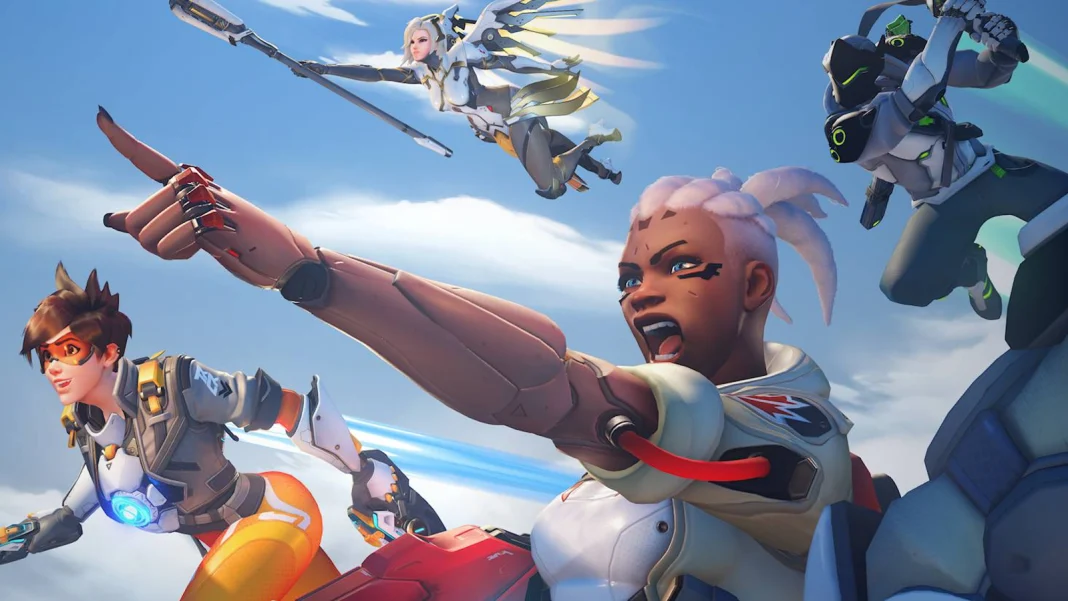In the ever-evolving landscape of Overwatch 2, the arrival of the 41st hero, Juno, has stirred considerable excitement among players. Launched on 20 August alongside Season 12, Juno—formerly known as Space Ranger—has quickly established herself as a key player within the game’s competitive environment, despite initial concerns regarding her balance and effectiveness.
Juno’s debut was eagerly anticipated by fans, following months of speculation and leaks. However, her initial performance during the trial period drew mixed reactions, with some players labelling her as overpowered. As Blizzard has worked to fine-tune her abilities post-launch, Juno has surprisingly secured her position as a top choice among support heroes.
Recent statistics underscore Juno’s dominance in the current meta. According to data from Overbuff, she has become the most-played hero among PC Competitive players in the Platinum tier, boasting a pick rate of 8.79% and a commendable win rate of 53.12% throughout September. This places her ahead of longstanding favourites such as Tracer and D.Va, as well as staple support characters like Kiriko and Mercy. Notably, Juno’s influence is evident across most ranks, with the exception of Bronze and Grandmaster tiers, where she currently sits behind Ana in popularity.
The pattern remains consistent among console players, where Juno’s pick rate stands at 8.21% and her win rate at 54.45%. From Gold to Master ranks, she continues to outperform other heroes, leaving characters like Moira and Sombra trailing in her wake. Interestingly, the only exceptions arise in Bronze and Silver tiers, where Moira retains her position as the most-played hero, while Juno ranks third.
Juno’s journey to prominence is largely attributed to the quality-of-life adjustments made during her integration into Overwatch 2. One notable change was a reduction in her health from 250 to 225, which aimed to balance her overall effectiveness. The update on 23 August provided further enhancements, increasing the damage of her Mediblaster from 7 to 8 and decreasing the cooldown of Glide Boost from 8 to 6 seconds. The patch released on 3 September introduced additional modifications, adjusting the fire rate of Mediblaster to 15.5 while lowering its damage to 7.5 and healing to 6.5. Despite these tweaks, Juno’s popularity has only increased, raising questions about the game’s ongoing balancing act.
As Blizzard continues to assess and modify hero capabilities, the question remains: can Juno sustain her upward trajectory throughout Season 12 and beyond? Players and analysts alike will be observing her performance closely, particularly as competitive play intensifies.
In summary, Juno’s rapid ascension within Overwatch 2 highlights the dynamic nature of hero balance and player preferences. Her ability to remain a viable choice amidst ongoing adjustments reflects not only her design but also the strategic depth that the game offers. With Season 12 still in its early stages, the potential for further developments is significant, making Juno a focal point for both players and developers in the months to come.


